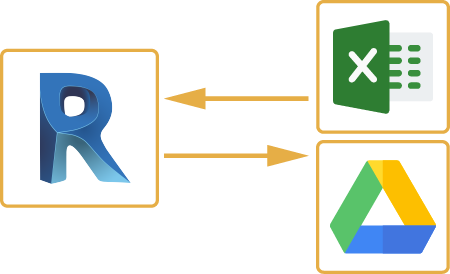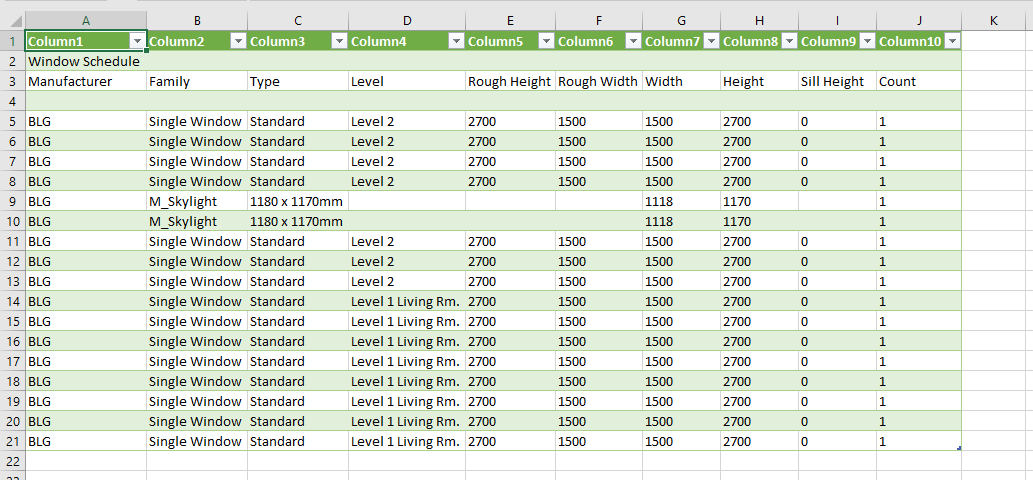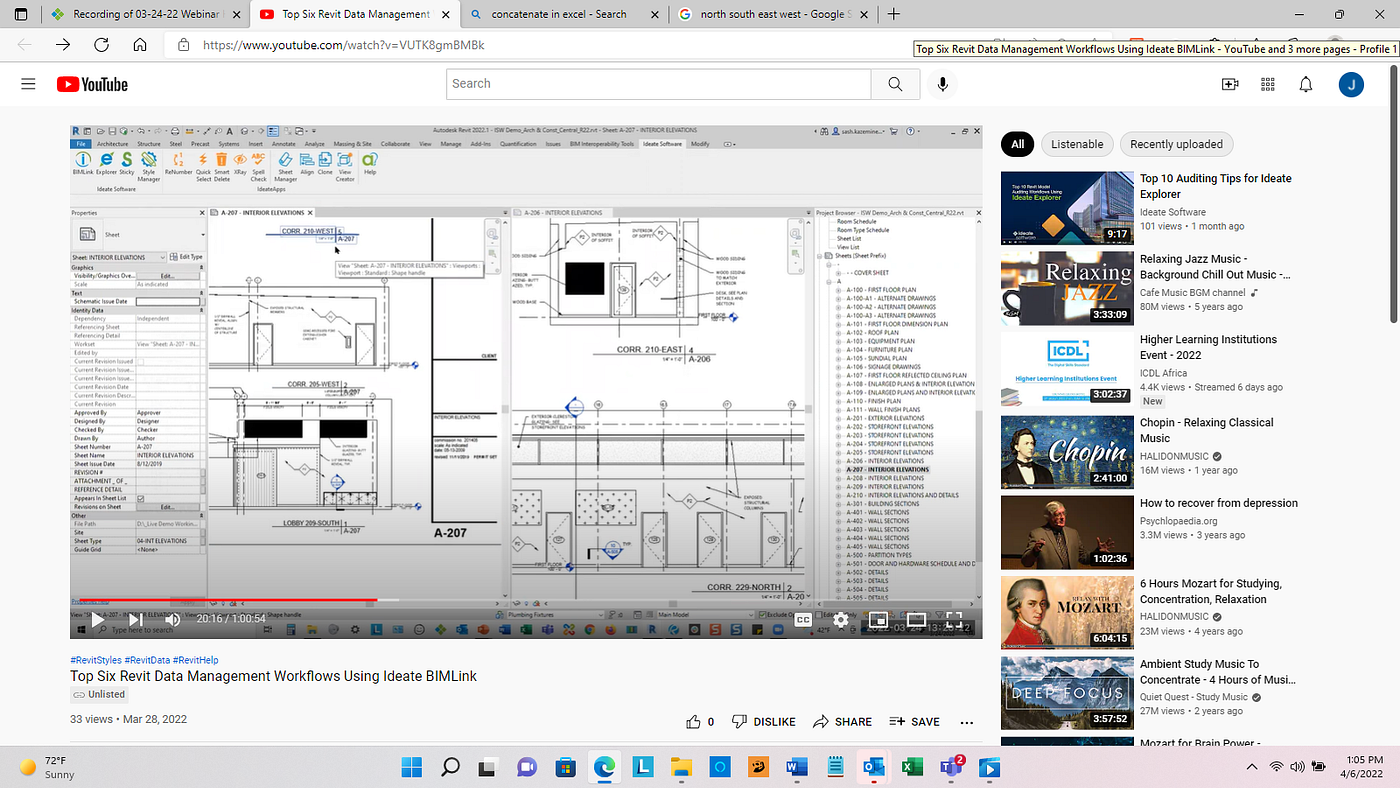Elevate Your Revit Experience with Important Revit Tools and Add Ins
Wiki Article
Grasping the Art of Information Integration: Exactly How to Seamlessly Import Excel Files Into Revit
In this short article, we will assist you via the procedure of mastering the art of data integration. Get prepared to prepare your Excel data easily and follow our detailed overview to import documents right into Revit. With our ideal techniques, you'll achieve data integration success in no time.Understanding the Significance of Data Integration in Revit
Comprehending the significance of data combination in Revit is vital for smooth importing of Excel documents. It permits you to effectively handle and update information throughout the whole task when you incorporate data from Excel into Revit. This integration makes certain that your layout and building and construction procedure is precise and up-to-date.By incorporating data, you can easily import and upgrade criteria, routines, and even geometry in Revit. This eliminates the demand for hands-on data entry, conserving you time and minimizing the risk of mistakes. With Revit's information integration capabilities, you can keep consistency and precision in your job, while likewise improving cooperation among group participants.

Checking Out the Excel Data Style for Revit Combination

In order to effectively integrate Excel documents right into Revit, it is vital to make sure that the data is formatted correctly. This consists of appropriately identifying columns and rows, along with structuring the information in a way that is suitable with Revit's information schema. Revit utilizes specific specifications and categories to arrange data, so it is very important to straighten the Excel data with these criteria to make sure a seamless assimilation.
Furthermore, it is important to keep in mind that Revit only sustains specific information types when importing from Excel. These consist of text, numbers, and days. Any type of various other data kinds, such as formulas or conditional format, will not be identified by Revit and may create problems throughout the integration procedure.
Preparing Your Excel Data for Seamless Import Into Revit
To make sure a smooth assimilation process, you'll require to correctly layout and label the columns and rows in your Excel data prior to importing it into Revit. This action is essential since it allows Revit to precisely analyze and organize your data. Beginning by analyzing your Excel data and determining which rows and columns include appropriate details for your Revit project. Make certain to classify each column with a clear and descriptive header. This will certainly aid you and others easily understand the function of each column and stay clear of complication during the import process.Following, ensure that the data in each column is properly formatted. For instance, if you have a column for dimensions, make certain that all dimensions are regularly formatted in the exact same systems of measurement. Revit relies upon constant formatting to accurately interpret and import data.
Additionally, it is essential to check for any empty cells or disparities in your data. Revit may not be able to read or import information from cells that are empty look at this web-site or contain errors. Therefore, it is advised to assess your Excel information and tidy up any type of variances prior to importing it into Revit.
Step-By-Step Overview to Importing Excel Info Into Revit
Once you've effectively formatted and classified your Excel information, you can quickly import it into Revit by following this step-by-step guide. To begin, open Revit and navigate to the "Insert" tab. Click "Import CAD" and select "Import Excel" from the dropdown food selection. A brand-new home window will show up, asking you to find the Excel file you desire to import. Search your computer system and choose the Excel file, after that click "Open."Following, a dialog box will show up, allowing you to tailor the import settings. Below, you can choose the worksheet you wish to import, specify the variety of cells to import, and select the proper units for your data. As soon as you've made your options, click "OK" to continue.
Revit will certainly currently display a sneak peek of your Excel data. Take a moment to assess the preview and make sure that everything looks right. If required, you can make modifications to the import setups by clicking the "Setups" switch.
Best Practices for Data Assimilation Success in Revit
Make sure you comply with these finest methods to guarantee successful combination of data in Revit. It is important to arrange your data in Excel before importing it into Revit. Be mindful of the units and information kinds when mapping the information, as any type of inconsistencies can lead to errors in the combination process.One more important technique is to on a regular basis verify and upgrade your information. Additionally, make usage of data see this page validation devices within Revit to identify any kind of errors or inconsistencies in the incorporated data.
Last but not least, it is recommended to develop a clear process for information combination. This consists of defining duties and duties, setting up an interaction channel in between employee, and establishing a routine tempo for data updates and testimonials. By following these ideal practices, you can make certain a successful and seamless assimilation of data in Revit, eventually improving the effectiveness and precision of your project.
Final Thought
In conclusion, mastering the art of data combination is vital for smooth import of Excel submits right into Revit. Recognizing the relevance of information assimilation in Revit is the initial action in the direction of effective assimilation.When importing information from Excel right into Revit, it is crucial to recognize the documents style and exactly how it can impact the combination process (import excel into revit). Revit makes use of details criteria and groups to arrange information, so it is essential to line up the Excel data with these parameters to ensure a smooth integration
Be conscious of the data and devices kinds when mapping the data, as any discrepancies can lead to mistakes in the combination process.
Additionally, make use of data validation devices within Revit to determine any mistakes or incongruities in the incorporated data.

Report this wiki page